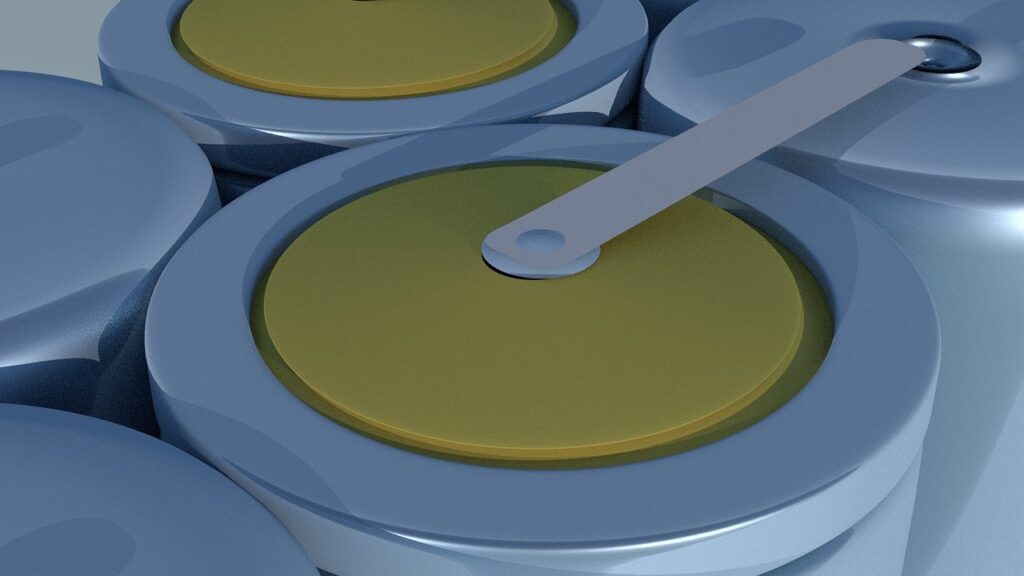A research team at the University of Liverpool has developed a new solid electrolyte that could result in safer and more effective batteries. The recently unveiled solid electrolyte can transport ions at speeds matching liquid electrolytes, all without the risk of explosion.
While liquid electrolytes have long been recognized as the better performing of the two types, their use also implies additional risks. This difference in performance is the result of solid electrolytes’ inability to conduct lithium-ion as efficiently as their liquid counterparts.
This is the issue the Liverpool team has figured out, which effectively closes the performance gap between both types of electrolytes. By combining lithium, silicon, sulfur, and iodine, the team created a new electrolyte with a larger number of environments for lithium ions to move.
The 3D structure formed as a result of this combination offers 15 pathways that ions can traverse, compared to the three or four that traditional solid electrolytes possess. The 3D structure and high number of pathways mean this solid electrolyte behaves closer to liquids than any other electrolyte used before, making ion transportation much more efficient.
According to University of Liverpool professor Matthew Rosseinsky, the team’s goal is not to have their new electrolyte compete directly with existing solid electrolytes but to explore new approaches for their development. As part of the research, the team also made use of AI tools to identify promising chemical compositions, an application that is gaining popularity among researchers.
While a pivotal leap forward, adopting the electrolyte still faces substantial obstacles. To be viable, researchers will need to correct the electrolyte’s reaction when in high air and moisture conditions, as this proved to make it too inestable. This means that manufacturing it and assembling it into other products would require very specific conditions.
These challenges will likely be addressed with further research, which is likely to continue taking place due to the many benefits seen in the test results. As the electrolyzer components are readily available and non-toxic, more research teams are likely to join the research efforts as it is easily accessible.
The breakthrough underscores solid electrolytes’ promise in mitigating battery fires and expanding applications, especially when the need for efficient and cost-effective batteries is on the rise.
Image by Dean Simone from Pixabay






